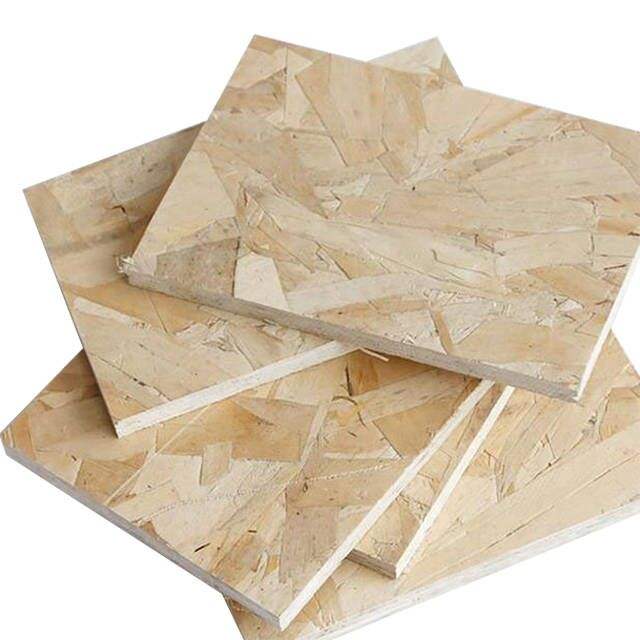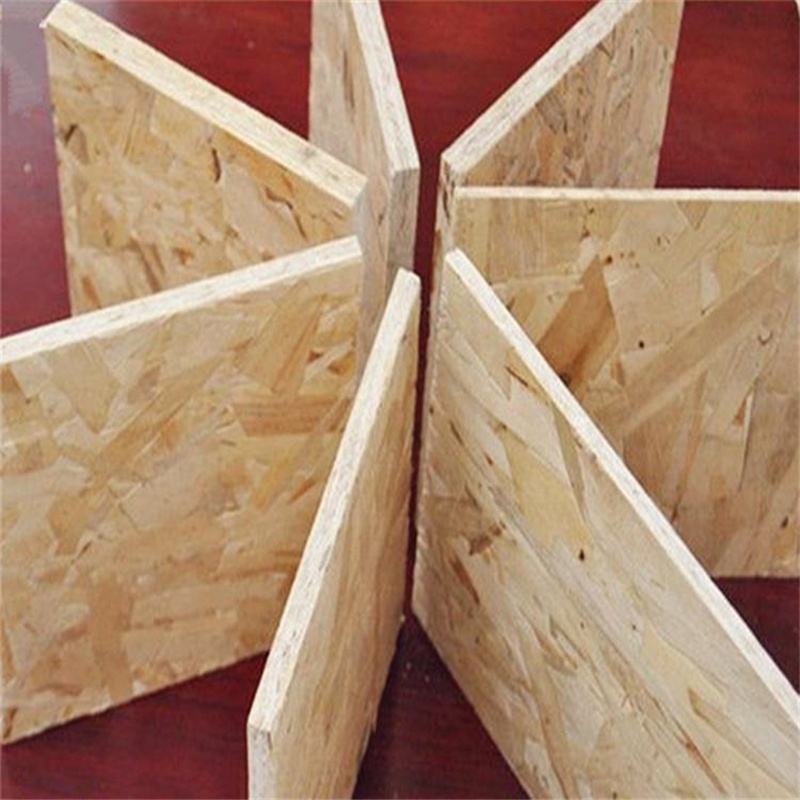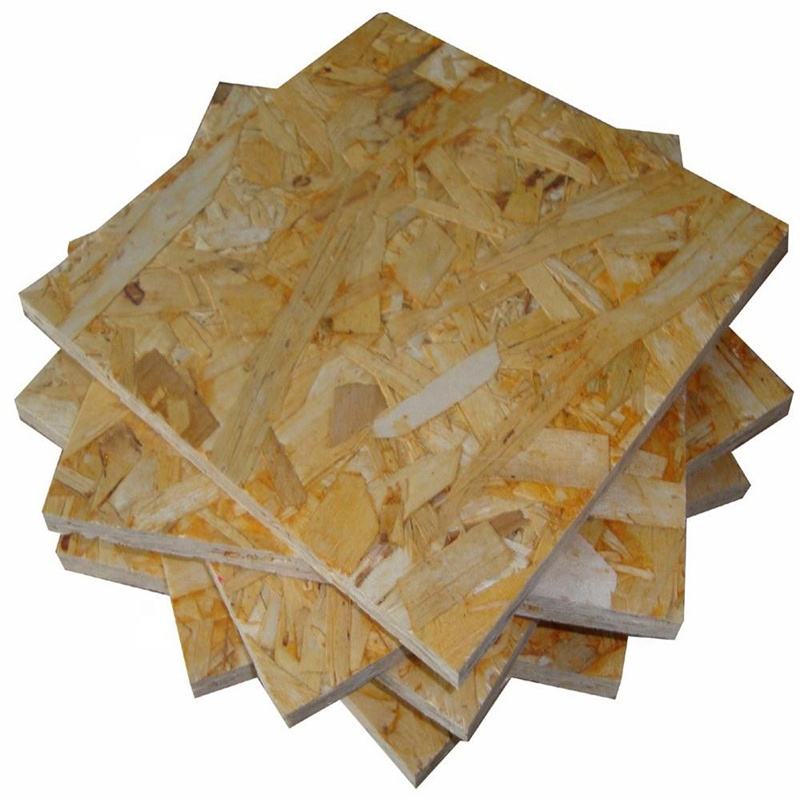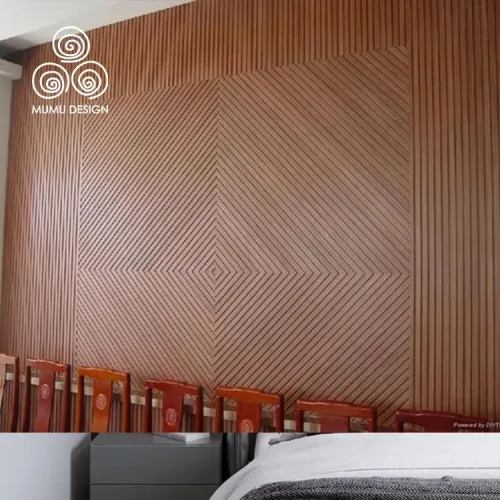
Hey there, fellow DIY enthusiasts and home improvement buffs! Ever found yourself pondering over stacks of OSB (Oriented Strand Board) at the local hardware store and asking, “Is OSB waterproof?” It’s a common question, and one that deserves a clear answer. Let’s dive in and separate fact from fiction when it comes to OSB’s relationship with H2O.
OSB 101: A Quick Recap
Before we get our feet wet (pun intended), let’s remind ourselves what OSB is all about. OSB is an engineered wood product made by layering and compressing wood strands with resin binders. These strands, typically sourced from fast-growing trees, are oriented in specific patterns to give OSB its strength and dimensional stability. It’s a popular choice for subfloors, roof sheathing, and wall panels due to its cost-effectiveness and robustness.

Is OSB Really Waterproof?
Now, to tackle the big question head-on: No, OSB is not inherently waterproof. While it may resist moisture better than some types of plywood or plain wood, it’s crucial to understand that OSB is moisture-resistant, not waterproof. The term “waterproof” implies complete impermeability to water, which OSB, in its standard form, does not offer.
OSB’s resistance to moisture primarily comes from the resin used during manufacturing, which helps to slow down the absorption process. However, if exposed to prolonged periods of moisture or direct water contact, OSB can swell, lose structural integrity, and potentially lead to issues like mold growth.
Understanding Moisture Resistance vs. Waterproofing
When manufacturers label OSB as “moisture-resistant,” they mean it can handle occasional exposure to humidity or light moisture without immediate damage. This feature makes it suitable for applications where it’s likely to encounter some moisture but not constant soaking. For instance, OSB-3, a commonly used grade in construction, is designed to withstand short-term exposure to weather during construction phases.
However, don’t mistake this for a free pass to use OSB in underwater basket weaving (okay, that was a joke, but you get the point). For areas prone to continuous water exposure, like bathroom floors or exterior applications without proper covering, additional waterproofing measures are a must.
How to Make OSB More Waterproof
Fear not! If your heart is set on using OSB in a potentially wet environment, there are steps you can take to enhance its防水 capabilities:
- Seal It Up: Apply a waterproofing sealer or paint designed specifically for OSB. These products create a barrier that prevents moisture from penetrating the surface. Be sure to follow the manufacturer’s instructions for application and drying times.
- Use Specialized OSB: Some manufacturers produce OSB with enhanced moisture resistance, designed specifically for exterior use or wet environments. Look for products labeled as “weather-resistant” or “marine-grade” OSB, which have undergone additional treatments to improve their water-repelling properties.
- Good Drainage & Ventilation: Ensure any structure using OSB has proper drainage systems to redirect water away and adequate ventilation to prevent moisture buildup. This is particularly important for subfloors and roof decks.
- Protective Layers: Consider adding a layer of waterproof membrane or plastic sheeting beneath or above the OSB, depending on the application. This adds another line of defense against moisture intrusion.
Common Misconceptions Debunked
One misconception is that treating OSB with a coat of paint or varnish automatically renders it waterproof. While these coatings do improve moisture resistance, they don’t make OSB fully waterproof unless specifically designed for that purpose. It’s all about choosing the right products and application techniques.
In Conclusion: Be Prepared, Not Surprised

In the grand scheme of home improvement and construction, understanding the limits of OSB’s moisture resistance is key. Remember, while OSB isn’t waterproof, it can certainly hold its own against moderate moisture with the right precautions. By taking proactive steps to enhance its water resistance, you can harness OSB’s strengths while safeguarding against potential water damage. So, next time you’re faced with the question, “Is OSB waterproof?” you’ll know exactly what to say and do. Happy building!




